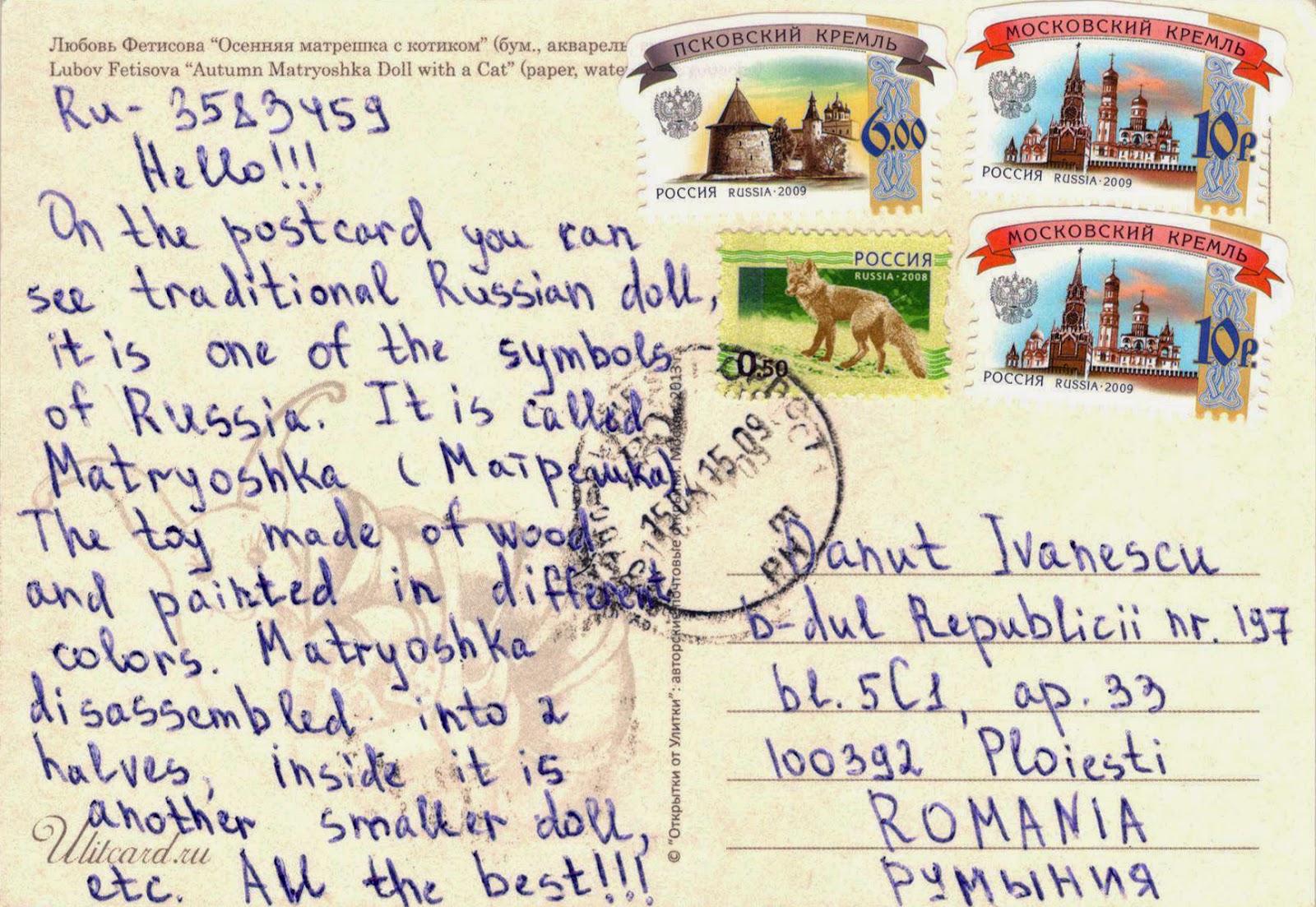![]() |
| 0373 Budapest - Hungarian Parliament Building 1 |
The history of what will became
Budapest began with
Aquincum, originally a
Celtic settlement that became, in the beginning of the
Christian era, the capital of the
Roman provincePannonia Inferior. The
Huns,
Lombards,
Avars and
Slavs passed through there, and in 829
Pannonia was annexed by the
First Bulgarian Empire, which built two military frontier fortresses,
Buda and
Pest, situated on the two banks of
Danube. At the end of the 9th century, the
Magyar clan of
Árpád arrived in the territory. Their first settlement was pillaged by the
Mongols in 1241-1242. The re-established town became one of the centres of
Renaissance humanist culture in the 15th century. Following the
Battle of Mohács (1526) and nearly 150 years of
Ottoman rule, the region entered a new age of prosperity in the 18th and 19th centuries, the city becaming a global one after the 1873 unification of Buda, Pest and
Óbuda. It also became the second capital of the
Austro-Hungarian Empire, dissolved in 1918, after the WWI.
![]() |
| 1535 Budapest - Hungarian Parliament Building by night |
Because Budapest offers one of the world's outstanding urban landscapes, and it kept the remains of monuments such as the Roman city of Aquincum and the
Gothiccastle of Buda (which have had a considerable influence on the architecture of various periods), but also because in the19th century and in the beginning of the 20th century was a centre which absorbed, integrated and disseminated outstanding and progressive European influences of urbanism and of architecture as well as modern technological developments,
Budapest, including the Banks of the Danube, the Buda Castle Quarter and Andrássy Avenue was designated by UNESCO a World Heritage Site in 1987 (with an extension in 2002).
Hungarian Parliament Building (Országház) - posted on 09.01.2013, 23.04.2015![]() |
| 0818 Budapest - Hungarian Parliament Building 2 |
It has 268 m length, 123 m wide, and 96 m height, being one of the two tallest buildings in Budapest, along with
Saint Stephen's Basilica. The number 96 refers to the 1000th anniversary of the country in 1896, when it was inaugurated (even if was completed only in 1904). Its interior includes 10 courtyards, 13 passenger and freight elevators, 27 gates, 29 staircases and 691 rooms. Its architect,
Imre Steindl, went blind before its completion.
It's about
Országház (which literally means "House of the Country"), the
Hungarian Parliament Building (in
the first twopostcards), located on
Lajos Kossuth Square, on the bank of the Danube. Similar to the
Palace of Westminster, it was built in the
Gothic Revival style, and it has a symmetrical facade (where are displayed statues of Hungarian rulers,
Transylvanian leaders and military commanders) and a central dome. In interior are other statues, including those of
Árpád,
Stephen I and
John Hunyadi. The
Holy Crown of Hungary, which is also depicted in the coat of arms of Hungary, is also displayed in the central hall since 2000.
The Fishermen's Bastion (Halászbástya) - posted on 06.01.2013![]() |
| 0448 Budapest - The Fishermen's Bastion |
![]()
Located in Budapest, on the
Castle hill, behind the sanctuary of the
Matthias Church, on the
Buda bank of the Danube, the
Fishermen's Bastion (
Halászbástya) is a terrace in
neo-Gothic and
neo-Romanesque style which offers a splendid view of the
Danube and
Pest. It was named after the guild of fishermen, which lived nearby in Watertown (
Vízívaros), at the foot of the hill, and was responsible for defending this stretch of the city walls in the Middle Ages. An old fish market also sat at this location during medieval times.
Designed by architect
Frigyes Schulek and built between 1899 and 1905, the white-stoned Fisherman's Bastion is a combination of neo-Gothic and neo-Romanesque architecture and consists of turrets, projections, parapets, and climbing stairways. The bastion is made up of seven towers - each one symbolizing one of the seven Magyar tribes that, in 896, settled in the area now known as Hungary. A monumental double stairway, decorated with reliefs of coats-of-arms and various motifs, connects the bastion with the streets below. Between 1947-1948, the son of Frigyes Schulek, János Schulek, conducted the restoration project after its destruction during WWII.
Heroes' Square (Hősök tere) - posted on 30.09.2013![]() |
| 0454 Budapest - Heroes' Square |
Located at the end of Andrássy Avenue, next to City Park,
Heroes' Square is one of the major squares of Budapest, rich with historic and political connotations. The central site of the square is the Millennium Memorial, with statues of the leaders of the seven tribes that founded Hungary in the 9th century (
Árpád, Előd, Ond, Kond, Tas, Huba, and Töhötöm) and other outstanding figures of Hungarian history (on the left colonnade -
Stephen I,
Ladislaus I,
Coloman,
Andrew II,
Béla IV,
Charles I,
Louis I; on the right colonnade -
John Hunyadi,
Matthias Corvinus,
István Bocskay,
Gabriel Bethlen,
Imre Thököly,
Francis II Rákóczi,
Lajos Kossuth). At the front of the monument is a large stone cenotaph surrounded by an ornamental iron chain, and directly behind it is a column topped by a statue of the
archangel Gabriel.
Its construction was started when the one thousandth anniversary was celebrated (in 1896), but it was finished only in 1900 and the square got its name then. Because when the monument was constructed Hungary was part of the
Austro-Hungarian Empire, the last five spaces for statues on the left of the colonnade were reserved for members of the ruling
Habsburg dynasty, but the monument was damaged in WWII and when it was rebuilt the Habsburgs were replaced by the current figures.





















































